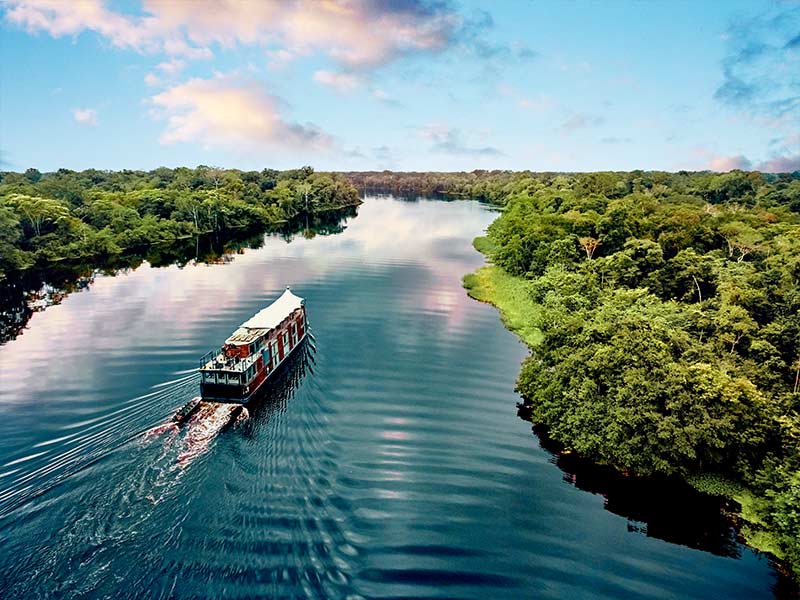priceless-stories.org – Rio Branco, the capital of the state of Acre in Brazil, is a city rich in history, culture, and natural beauty. Situated in the westernmost part of the country, it serves as a crucial gateway to the Amazon rainforest. This article delves into the unique aspects of Rio Branco, highlighting its significance as a cultural and economic hub in the region.
Historical Significance
Founded in the early 20th century, Rio Branco has a fascinating history deeply intertwined with the rubber trade, which played a pivotal role in its early development. The city’s name honors Brazilian politician and diplomat José Paranhos, the Baron of Rio Branco. Historical landmarks, such as the Palácio Rio Branco and the rubber barons’ mansions, offer glimpses into its storied past.
Cultural Diversity
Rio Branco is a melting pot of cultures, influenced by indigenous traditions and the diverse communities that have settled in the region. This diversity is reflected in the city’s vibrant festivals, music, and dance. Events such as the Expoacre, a major agricultural and cultural fair, showcase the rich cultural tapestry of the region, offering visitors a chance to experience its unique traditions and crafts.
Economy and Development
As the economic center of Acre, Rio Branco plays a vital role in the region’s development. The city’s economy is driven by agriculture, trade, and services, with significant contributions from the timber and rubber industries. Recent investments in infrastructure and urban development have further bolstered its economic prospects, making it an attractive destination for businesses and entrepreneurs.
Education and Environment
Rio Branco is home to several educational institutions that serve the community by providing quality education and fostering research. The city’s commitment to environmental sustainability is evident in its green initiatives and efforts to preserve the surrounding Amazon rainforest. This focus on conservation underscores Rio Branco’s role as a steward of one of the world’s most vital ecological regions.
Conclusion
Rio Branco is a city that offers a unique blend of historical charm, cultural richness, and natural beauty. As a gateway to the Amazon, it provides unparalleled opportunities for exploration and discovery. Whether you’re delving into its history, enjoying its cultural festivities, or exploring its lush landscapes, Rio Branco is a destination that captivates and inspires all who visit.

